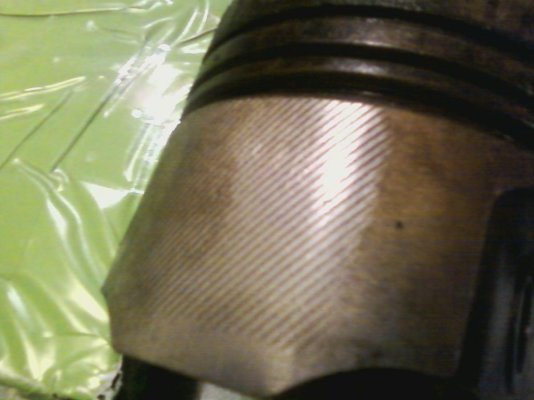It is a heavy duty engine. Consider it is from 1970 and still working good.
Here is an album with a few videos of it running right after the rebuild.
https://photos.google.com/share/AF1...?key=NVZlQTNmblNxOXJUd1JHT3dMUDRCR0EtQ2ZmeGxR
I found out the gas in the boat over the winter went stale, about 35 gallons is in one tank, other tank is empty.
I think I should plan on not leaving any gas in the boat when it will sit a long time.
I switched over to the boat tank from my portable fuel tank and engine started missing and could barely run throwing up lot of smokey exhaust. Fuel decay is one reason I hate E10 gasoline. Due to ethanol, gas decays rapidly compared to before E10. You have to keep dosing it with Stabil and I neglected that. I can likely dilute it and run it in the car.
I did an experiment with this rebuild. Rather than buy new pistons, I sprayed the skirts with KG Nano Gun Kote blue.
It is a high temp phenolic resin with moly lubrication and I built up the skirts to go from .006 - .007 to .003 clearance. Cheaper than buying new pistons and I wanted it tighter, did not want any piston slap. Only way to tell how it does long term is time.
If it works, maybe next time I will ceramic coat the piston tops. That reflects heat back into power and keep pistons running cooler. ALthough the improvement is likely minor, it may help with overheating or detonation.

